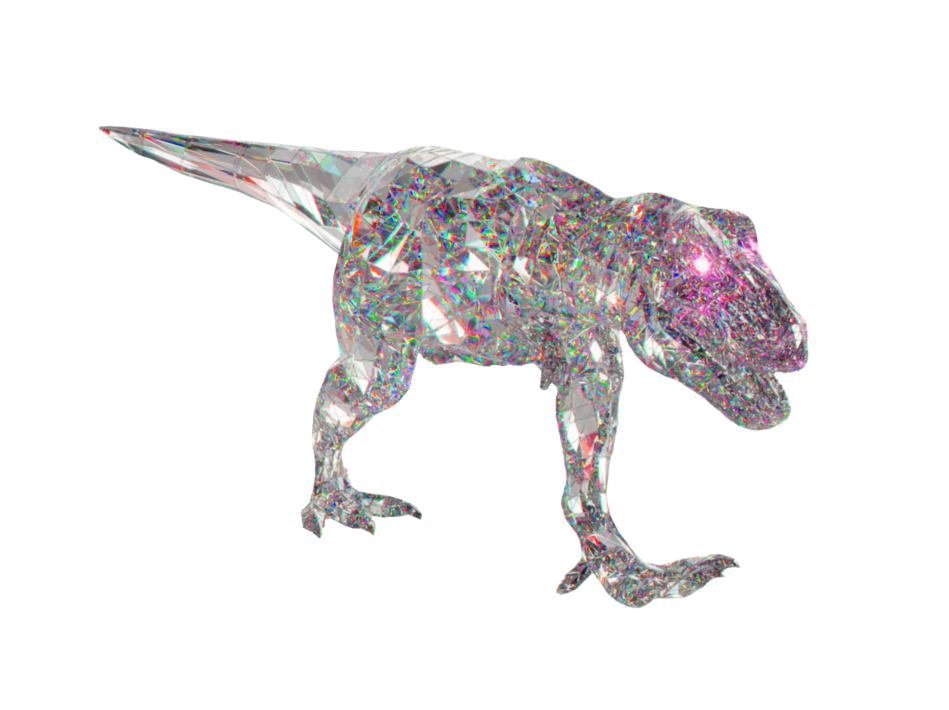The Metaverse and Digital Marketing
- By Christina Maria Panayiotou
- Uncategorized
SUMMARY
Over the course of their lifetime, a person will have visited hundreds of different shops, both in person and online. However, much of this shopping experience can often be overwhelming, with countless products to sort through and evaluate, many of which aren’t actually the products we want or need. Indeed, this is what shopping has always been at its essence; sifting through irrelevant products until we find something we like.
But what if there was a smarter, more efficient way to shop? What if every single product you looked at was displayed according to your distinct preferences? This is where AI shopping assistants come in. These intelligent tools, powered by artificial intelligence, have completely revolutionized the shopping experience, simplifying and enhancing it both in store and online. By harnessing the power of AI, brands are able to customize shopping experiences according to their customers’ needs and offer benefits such as curated recommendations, streamlined buying, and 24/7 availability. This turns what was once an onerous task into a truly meaningful and rewarding interaction between brand and consumer.
A virtual world within a world
But what is the metaverse exactly? And how does it work?
It has often been said that the metaverse is the future of the internet, although it’s difficult to pinpoint exactly what that means, given that it is still a brand new, emerging concept. Broadly speaking, the metaverse is a virtual space created by the merging of virtually enhanced or augmented realities with physical realities, to create an interactive environment that is accessible to everyone. People can interact with computer-generated environments – or the metaverse world – for everything from entertainment and social interactions to work. While the metaverse is still a work in progress, Virtual Reality (VR) and Augmented Reality (AR) are rapidly evolving with the emergence of VR headsets, AR filters, virtual merchandise, multi-player games and virtual environments. These are all the precursors of what is soon said to become the full-blown metaverse, and brands are already exploring their potential for entering this new realm, mapping new possibilities, and testing the waters for mixed reality and virtual experiences.
What does the metaverse mean for brands?
Access to a whole new world of virtual reality means that brands now have a multitude of ways to reach different audiences across multiple platforms. Big brands who have already dipped their toes into the metaverse have begun utilizing virtual landscapes in their advertising campaigns, and even immersive experiences using tools like VR headsets. Two notable examples are Nissan offering potential customers the opportunity to test drive on mobile, desktop or VR headset, and the German airline Deutsche Lufthansa using ‘mixed reality’ to create a full-scale cabin simulation that potential passengers can experience first-hand and see their new generation of in-flight seats and experiences. These new technologies are particularly beneficial for brands that offer real-life experiences, as they can now create hybrid experiences – such as AR-enhanced, live-streamed concerts.
In essence, these new campaigns are about meeting and engaging consumers both physically and digitally. Brands can utilize multiple platforms and technologies to create a variety of campaigns and experiences that tell the same story in different ways to different consumers.
Here are some of the more specific ways brands can utilize the metaverse in their new digital marketing campaigns:
Immersive advertising: Like Nissan’s VR test drive campaign, marketers can create virtual experiences and engage with users in a way that is personalized and meaningful.
Branded virtual spaces: Brands can create their own presence in the metaverse with the creation of branded virtual spaces or stores that customers can peruse and explore at their leisure in 3D.
Virtual Product Placement: Similar to product placement in TV and film, marketers can integrate products into virtual worlds, such as online games, virtual events, or social spaces, thus offering a whole new world of advertising opportunities.
Data and Analytics: The metaverse will offer brands access to a wealth of user data, which marketers can leverage to gain insights into user behavior, preferences, and interactions. This will allow for more personalized, targeted campaigns that will reach the right audience.
Metaverse Communities: As the metaverse grows and evolves, communities will emerge as areas that brands can build on and use to engage with community members, creating authentic connections for community-driven marketing.
Social VR Platforms: With the rise in Virtual Reality (VR) and Augmented Reality (AR) experiences, marketers can use these platforms for social engagement, including influencer collaborations, sponsored events, and brand activities.
Content Creation: Content is set to look rather different in 3D and virtual environments. Marketers will need to develop new skills and tools for creating virtual experiences, 3D assets, and interactive narratives.
While the metaverse feels like an exciting new concept that many brands are eager to jump straight into, there’s a lot to consider before making the leap into this new space, particularly in terms of digital privacy and data protection. With the rise of new marketing practices, new legal and ethical considerations are also emerging. Issues such as digital property rights, advertising regulations, intellectual rights and digital ownership are still uncertain, and a lot of questions are being posed as to how these will be implemented going forward. Brands will need to be cautious as these new issues are being addressed, and ensure that data security remains a top priority.
The burgeoning metaverse has brought the marketing world onto the cusp of a whole new era, with an entire virtual world at our feet to explore and discover. As customers also venture into this new digital realm, they will want to see the brands they have grown to know and love in this new space as well. As the virtual world becomes more and more integrated into our daily lives, businesses will also need to make the leap, adapting to new technologies and strategies in order to effectively reach and target a whole new type of audience.
“
Online shopping is most certainly here to stay, so online retailers would be wise to consider integrating AI technologies in order to upgrade the functionality of their e-commerce websites.
Case Studies
LOREM IPSUM DOLOR
Lorem ipsum dolor sit amet, consetetur sadipscing elitr, sed diam nonumy
LOREM IPSUM DOLOR
Lorem ipsum dolor sit amet, consetetur sadipscing elitr, sed diam nonumy
LOREM IPSUM DOLOR
Lorem ipsum dolor sit amet, consetetur sadipscing elitr, sed diam nonumy
CONCLUSION
As the digital shopping landscape continues to grow and evolve, more and more retailers and companies are turning to the powers of AI to transform their online shopping experience. Personalization, recommendations and a positive customer experience will go a long way to helping your company stand out from the competition, and gain you some very loyal customers along the way.
If you need help stepping up your digital marketing game and keep up with the tools available, get in touch with us today.





